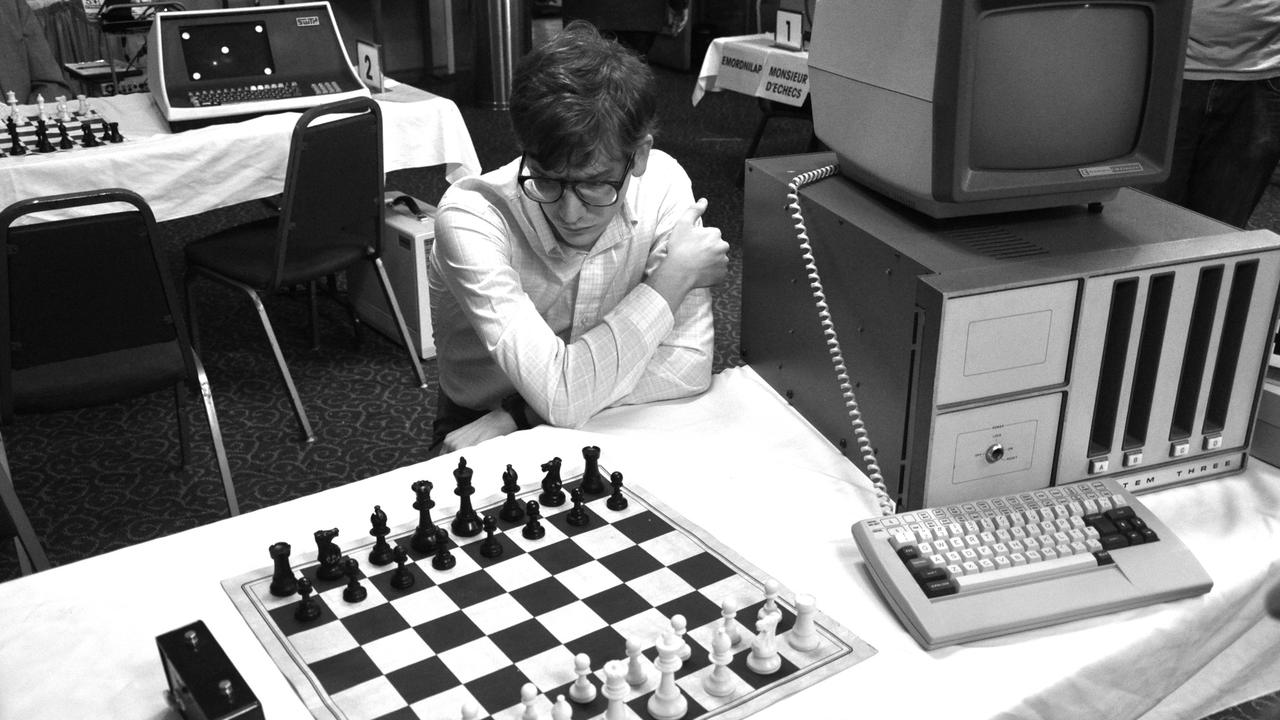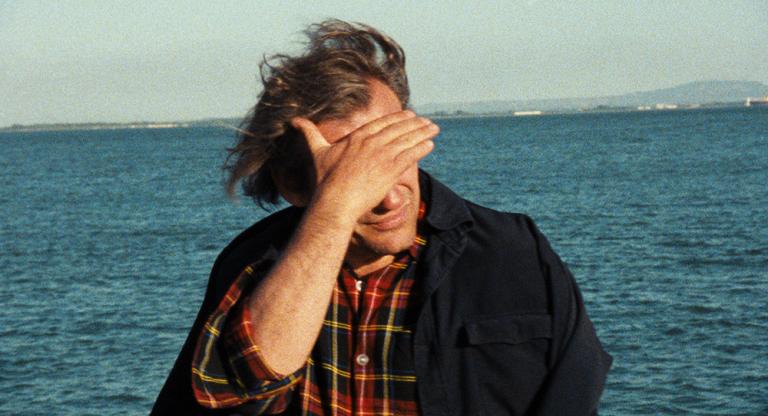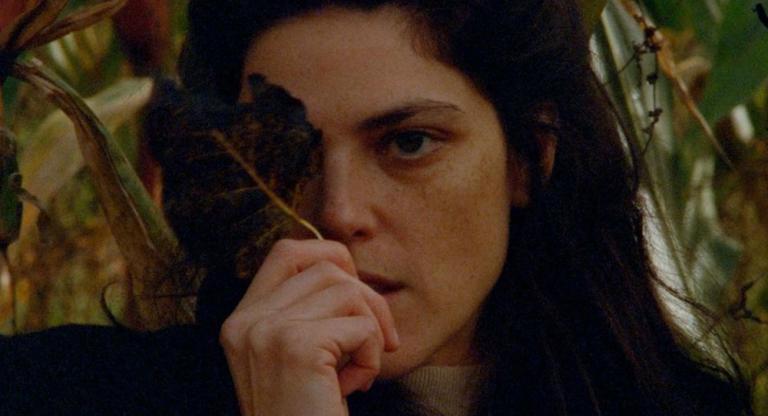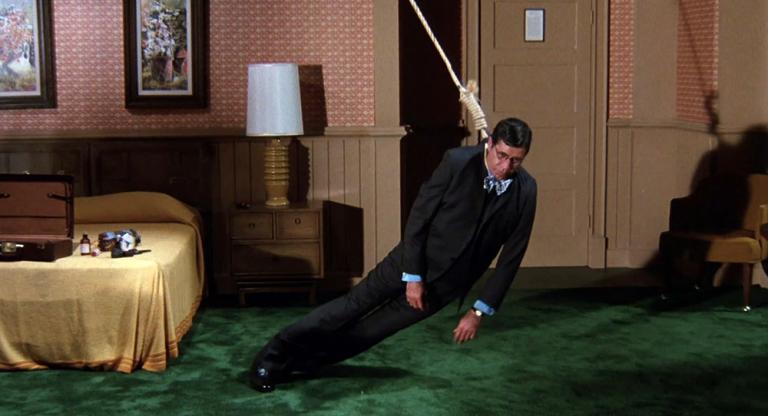In the first round of a computer chess competition held in San Francisco in 1984 to see which programming team can build the best artificial intelligence chess-player, the CalTech team, the previous years’ tournament champion, runs into an issue where the program commands a sacrifice of its own queen. The team members, puzzled, wonder if this is some extremely advanced forethought by the program they built—a 12th dimensional chess move. It’s one of many moments in Andrew Bujalski’s Computer Chess that highlights our misunderstanding of the technology we’ve created to do the things we supposedly can’t.
Computer Chess takes place in 1984, but it was released in 2012. In the time frame between, two influential computer programs, IBM Deep Blue and AlphaGo, had several matches against humans considered the best at chess and Go respectively. The results were split with the computer programs winning a match and the humans winning a match. Bujalski looks at a world where the possibilities of machine intelligence are just coming to fruition. He addresses varying points of view of machine learning and its theoretical and philosophical outgrowths in super-naturalistic, improvised conversation and a home-movie feel to the documentation of the tournament. Bujalski’s long-time DP collaborator Matthias Grunsky shoot with a digitally retrofitted, black-and-white 1969 Sony tube video camera that lends a period look. We get shots of chess diagrams displayed on a 3M overhead transparency projector, several chess matches have overlaid unicode text signifying matchups and moves, and the film cuts briefly to split-screen dichotomizing movements of humans and computations of their programs.
At the opening panel, a middle-aged man named Mike Papageorge (Myles Paige), a condescending figure who exhibits very odd social behavior in the computer chess circles, talks about the futility of machine intelligence in the absence of a soul. While smoking weed, some participants sit in a lounge area of the hotel and speak about a range of topics from military utilization of A.I. to the theory of reducing the human mind to a series of numbers. But Bujalski isn’t trying to be overly serious—his main concern is clearly, as always, an observational exercise in seeing people trip over each other trying to communicate ideas and feelings.
In Michael Crichton’s The Terminal Man, the central character, a computer engineer named Harold Benson has seizures which start to make him violent towards people he thinks are aiding the domination of machines over man. When he sees a painting by Jasper Johns, he wonders aloud “why would a man paint numbers? Numbers are for machines.” Likewise in Computer Chess we see Bujalski wonder about the human fascination with reducing our abstract beautiful minds into identifiable digits of communication. The awkward and disjointed dialogue he has his characters recite remains both a natural counter to the number-based programs run by the computers, but also as a commonality to them when they stutter and fall into disarray. These computers, for all their cold logic and unemotional precision in decision-making, were still made by the nerds who have a hard time stringing two sentences together without tripping over themselves—the perfect subject for Bujalski’s homespun filmmaking style.
Computer Chess shows on 35mm today at Metrograph



